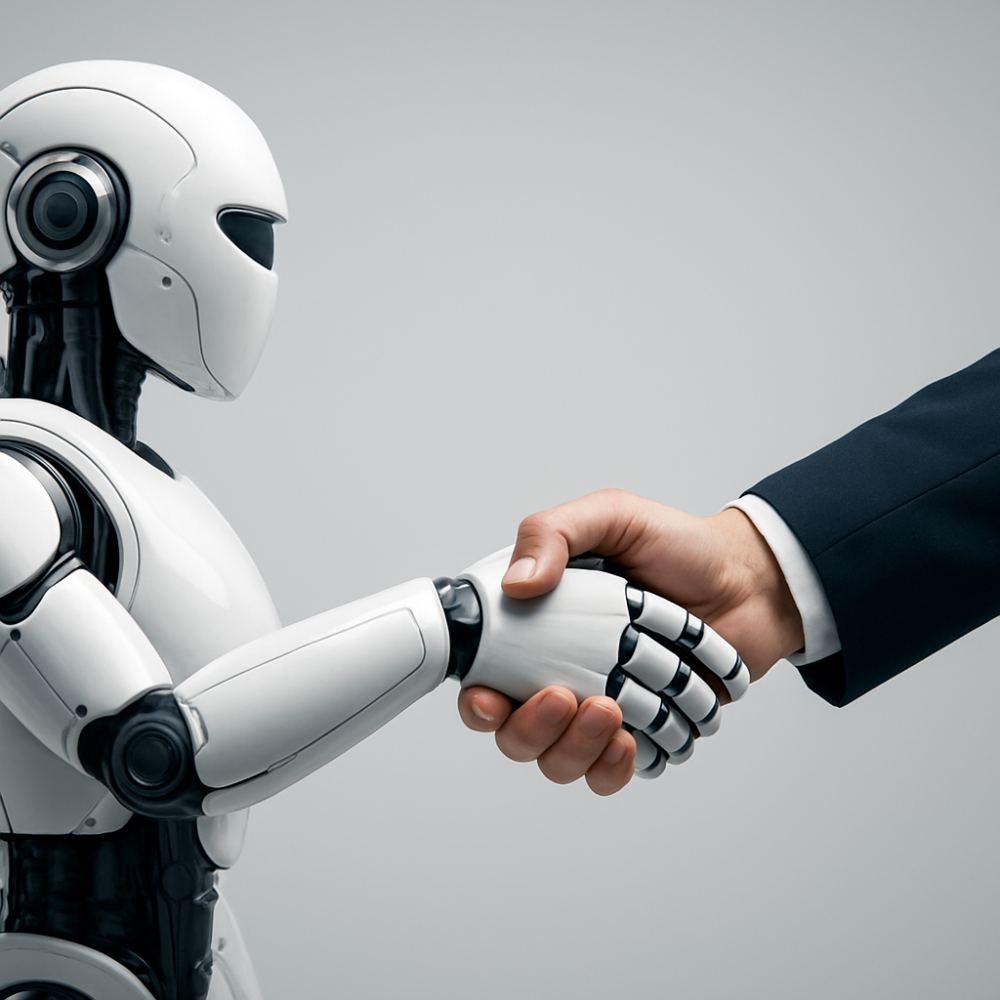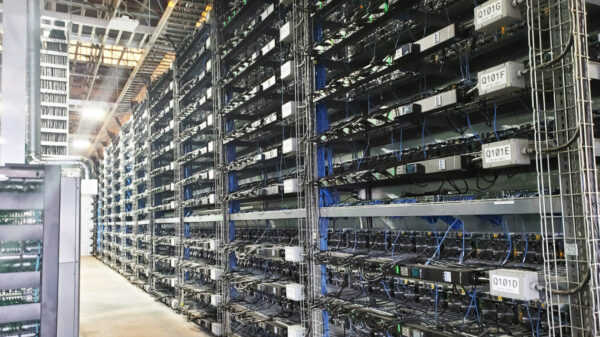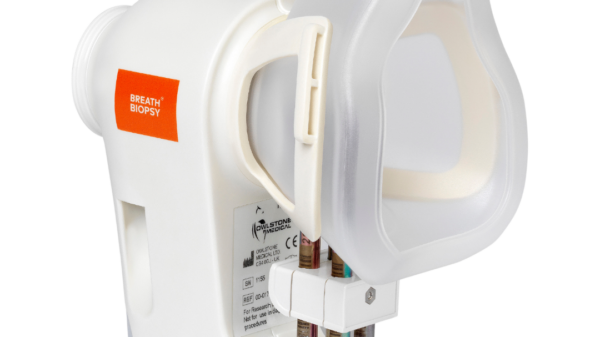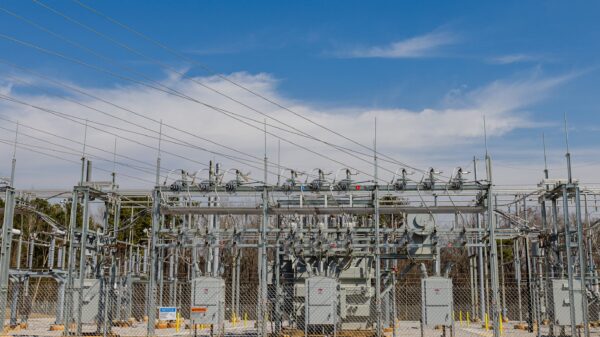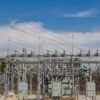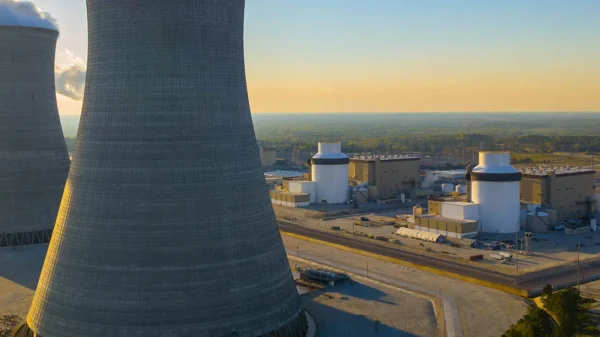Artificial intelligence (AI) is reshaping society at a pace few technologies have ever matched, bringing both transformative benefits and disruptions. On the positive side, AI has enormous potential to enhance human productivity, improve decision making, and address complex societal challenges.
For example, in the medical field, AI is revolutionizing diagnostics and patient care.
Algorithms can detect subtle anomalies in imaging scans for diseases like cancer, often catching tumours that human clinicians might miss. Breath based diagnostic tools are also emerging, enabling early detection of illnesses like lung cancer from a single exhaled breath.
These advances promise earlier interventions, improved outcomes, and more efficient healthcare systems. Beyond medicine, AI is optimizing energy production and smart grids, helping to integrate renewable sources and reduce environmental impact.
Furthermore, AI-powered analytics and trading algorithms enhance portfolio management, detect fraud, and enable faster, more informed investment decisions.
However, the rapid adoption of AI also carries notable risks.
Goldman Sachs estimates that roughly 2.5 per cent of U.S. employment could be directly at risk due to AI adoption, with broader transition effects potentially affecting 6–7 per cent of jobs.
The OECD reports that up to 27 per cent of jobs in member countries are at high risk of automation. Industries such as retail, customer service, administrative support, and certain white collar roles are particularly vulnerable.
Additionally, AI systems can perpetuate biases and inequalities. This is further demonstrated in healthcare, hiring, and policing, where historical data used to train algorithms has produced discriminatory outcomes.
AI represents a dual edged force. Its ability to improve diagnostics, enhance efficiency, and tackle complex challenges is undeniable, but careful oversight, ethical design, and workforce adaptation are crucial to ensure that the benefits are broadly shared while mitigating societal harms.
Here are five circumstances where AI is making a difference.
Cancer diagnosis assistance via AI and breath based diagnostics
AI-driven cancer diagnosis is transforming the way diseases are detected, moving beyond traditional imaging and invasive biopsies toward faster methods. One of the most promising approaches uses breath based diagnostics.
Companies like Kentucky-based Breath Diagnostics have developed breath based tests that can identify chemical markers associated with lung cancer from a single exhaled breath.
Our breath contains hundreds of volatile organic compounds (VOCs), which are byproducts of cellular metabolism. In cancer patients, certain VOC patterns change due to the abnormal activity of tumour cells. AI algorithms can analyze these patterns in exhaled breath. These are then compared against datasets from healthy and unhealthy people to detect subtle chemical signatures that indicate early stage disease.
The process typically begins with a patient exhaling into a specialized collection device. Sensors capture and quantify hundreds of VOCs in the breath. AI models then process this data to identify which chemical markers are most strongly associated with cancer. These models can learn to distinguish between different types of cancer, and even between cancerous and non-cancerous conditions.
Beyond breath analysis, AI also enhances traditional diagnostic tools. In imaging, for example, AI algorithms scan CT, MRI, or X-ray images to detect tumours that may be too small or subtle for human eyes to reliably identify. By combining pattern recognition, predictive modelling, and large scale data analysis, AI assists clinicians in making accurate decisions.
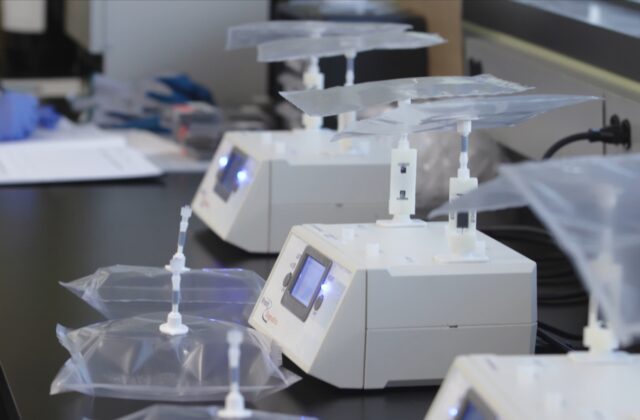
Breath Diagnostics equipment. The VOC’s are read by the microreactor. Image via Breath Diagnostics.
Amazon layoffs linked to AI
Amazon (NASDAQ: AMZN) recently announced it will cut approximately 14,000 corporate roles, which the company says is part of a shift to become “leaner and faster” as advances in artificial intelligence and automation reshape work patterns.
Amazon’s senior people executive noted that this generation of AI is “the most transformative technology we’ve seen since the Internet.”
“As we roll out more generative AI and agents, we will need fewer people doing some of the jobs that are being done today,” said CEO Andy Jassy.
This move isn’t just about Amazon. Instead, it’s a wake up call for other industries. Companies beyond tech, such as in finance, professional services, manufacturing and retail, are observing that white collar jobs once considered safe may also be vulnerable to automation.
The signal is that as AI becomes deeply embedded, organisations may restructure. Furthermore, AI is reshaping the workplace by transforming roles that rely on strategy, creativity, oversight, and human machine collaboration. Meanwhile, it is scaling back repetitive and bureaucratic positions.
Several major companies have recently announced layoffs tied to AI driven restructuring.
Microsoft Corp (NASDAQ: MSFT) cut around 9,100 jobs, approximately 4 per cent of its workforce, as it reallocates resources toward large scale AI infrastructure while scaling back roles in traditional software, sales, and support.
Salesforce (NASDAQ: CRM) eliminated roughly 4,000 customer service positions because AI “agents” now handle about half of all customer interactions, allowing the company to reduce headcount in support while investing in AI centric growth.
Meanwhile, Tata Consultancy Services (TCS) announced its largest ever layoff, cutting around 12,000 jobs, or about 2 per cent of its workforce, as it moves toward an “AI-first” IT services model and reduces roles tied to traditional coding, testing, and support functions.
Read more: Breath Diagnostics opens Respiratory Innovation Summit with captivating presentation
Read more: Breath Diagnostics leader speaks at lung cancer education event in Louisville
AI in medical imaging and pathology
Radiologists are increasingly using artificial intelligence to improve the detection of diseases such as lung and prostate cancer. Algorithms identify small tumours or anomalies that might be missed by human experts, helping doctors increase their diagnostic accuracy.

How artificial intelligence influences radiology. Image via the Radiological Society of North America.
In recent years the integration of artificial intelligence into cancer diagnostic imaging has improved.
For example, Tempus AI, Inc. (NASDAQ: TEM) uses AI and genomics to support oncology diagnostics and precision medicine, including applications in radiology and pathology.
Meanwhile, iCAD Inc. offers computer aided detection systems for breast, prostate and colorectal cancers. It uses software that flags abnormalities in imaging and supports radiologists in detecting tumours earlier.
On the startup side, companies like Qure.ai are building deep learning models to identify lung nodules and other anomalies in CT and X ray scans. It will also enable faster triage and prioritisation of high risk patients.
Another example is that Owkin uses multimodal medical data to train AI tools for diagnosis and treatment planning support across cancers.
As a result, radiologists and oncologists are using artificial intelligence “co pilots” to help identify subtle tumours, quantify changes over time, and standardise interpretation, thus allow faster, more accurate diagnoses and potentially improving patient outcomes.
Algorithmic bias and discrimination
Artificial intelligence systems can also unintentionally perpetuate and even increase societal biases when trained on historical data reflecting existing inequalities.
In healthcare, AI algorithms used to predict patient risk or recommend treatment have sometimes produced inaccurate assessments for minority populations. One widely cited case involved an algorithm used to allocate healthcare resources in the United States. Furthermore, this systematically underestimated the health needs of Black patients because it relied on historical healthcare spending.
As a result, hospitals direct fewer resources to patients who needed them most.
In hiring, AI tools that screen resumes or rank candidates often replicate bias as companies have employed systems that use algorithms that favour male candidates for technical roles because they were trained on datasets shaped by historically male dominated hiring. Similar problems have emerged with age and racial bias. Some AI systems have scored older candidates lower or ranked minority applicants unfavourably when trained on past hiring data.
AI has stirred controversy in policing. Some law enforcement agencies now use predictive algorithms that disproportionately target minority communities because they rely on biased historical crime data. This data often reflects over-policing in certain neighbourhoods, creating a feedback loop that deepens existing inequities.
Outside these areas, bias can manifest in credit scoring, loan approval, and even social services. These examples display that AI is not naturally fair. Its fairness also depends on the quality of training data, the design of the algorithms, and rigorous oversight to identify and reduce potential biases.
Read more: OpenAI gets US$2.91 every time ChatGPT is downloaded
Read more: AI-integrated toothbrushes are a thing now
Environmental and energy optimization
Artificial intelligence is helping renewable energy producers, utilities and grid operators shift from reactive to proactive management.
AI now helps manage renewable energy production, optimize electrical grids, and track environmental impact. Systems analyze weather data, sensor readings, and historical trends to forecast solar and wind output. Operators use these forecasts to plan for peak generation, schedule energy storage, and cut curtailment, boosting overall efficiency.
The grid sector uses AI for predictive maintenance, load balancing, fault detection, and integration of energy resources. By analyzing real time data from sensors and smart meters, AI helps utilities anticipate equipment failures. Publicly traded companies such as Schneider Electric SE (EPA: SU) and General Electric co (NYSE: GE) are using AI in their digital grid platforms to monitor asset health, automate grid operations, and facilitate renewable integration.
AI also plays a role in environmental monitoring. It can process vast amounts of data from air quality sensors, deforestation tracking, and water usage monitoring to model system responses to climate stress or extreme events. This enables operators and regulators to respond proactively to environmental risks.
.

